#Ryan Frigillana
Explore tagged Tumblr posts
Text
Interview #494: Ryan Frigillana
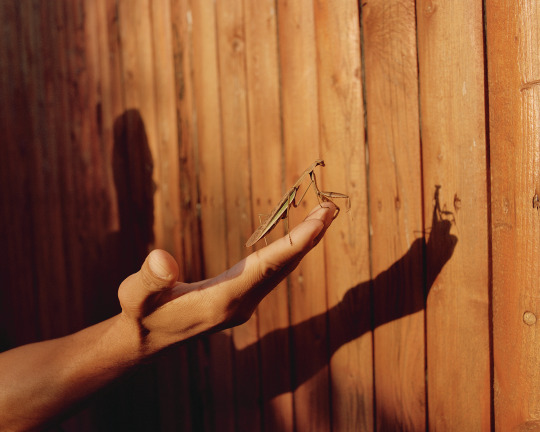
Ryan Frigillana is a Philippine-born lens-based artist living and working in New York. His work focuses on the fluidity of memory, intimacy, family identity, and visual culture, largely filtered through the lens of race and immigration. Embracing its plasticity, Frigillana explores photography’s relationship to context as a catalyst for thematic dialogue.
His first monograph, Visions of Eden, was published as two editions in 2020, and is held in the library collections of the MoMA, Getty Research Institute, and Smithsonian among others.
We spoke to find out more about Visions of Eden, his love for photobooks, and photography as a medium for introspection.
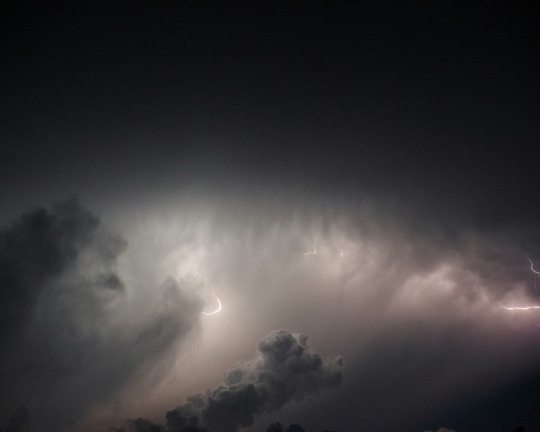
Lee Chang Ming Ryan Frigillana
Thanks for agreeing to do this! As we’ve just arrived into the new year, I want to start by asking: how did you arrive at photography and how has your practice evolved so far? Your earlier work was anything from still life to street photography, but your recent work seems to deal with more personal themes.
It’s my pleasure; thank you for having this conversation with me! Wow, looking back at how I’ve arrived at this point makes me feel so grateful for this medium, and excited to think of where it will lead me from here. I came to photography somewhat late. I was initially studying to become a nurse and was set to start a career in that field, but I found myself unhappy with where I was going. My mother was a nurse and I know what goes into being one; it’s not an easy job, and I respect those who do it, but my heart wasn’t in it. I found photography as a creative outlet during that stage of my life, and I’ve clung onto it ever since.
My first exposure to photography (no pun intended) came in the form of street and photojournalism. I would borrow books from the library a lot, consuming works by Magnum and other photographers working in that tradition. At the time, it was all I knew so that’s what I tried to emulate. Even early on in my undergrad career, these modes of creation were reinforced by curriculum and by what I saw from my own peers. My still-life work branches off of that same sentiment: the only names that were ever thrown around by professors were Penn and Mapplethorpe, so that’s who I studied. Thankfully over the years, I’ve been able to broaden that perspective through my own research. Though I don’t necessarily pursue street or constructed still-lifes anymore for my personal work, I’d like to think my technical skills (in regard to timing, composition, light) owe a debt to those past experiences.
I suppose now I’m starting to explore how photography can be used as language, to communicate ideas and internal conflicts. I’m thinking more about the power of imagery, its authorship, its implications, and how photographs have shaped, and continue to shape, our reality. That’s where my work is headed at the moment.
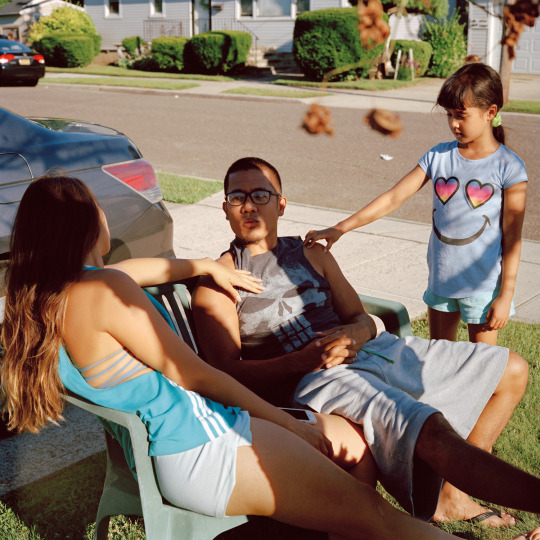
I liked how you mentioned photography as a language, which calls into question who we are speaking to when we make images and what kind of narrative we construct by putting photographs together.
In your work “Visions of Eden”, you trace your family’s journey as first-generation Filipino immigrants in America. I was quite struck by how you managed to link together original photography, archived materials and video stills. To me, with the original photography there was a sense of calm and clarity, perhaps in the composition. But with the archived material it was like peering through tinted glass, and the video stills felt like an unsteady memory. What was the editing process like for you and how did you decide what to include or exclude?
For me, editing is the hardest part about photography. Shooting is the enjoyable part of course because it can feel so cathartic. Sometimes when I shoot it feels almost like muscle memory in the sense that you see the world and you just react to it in a trained way. But with editing, it’s more of a cerebral exercise. More thought is involved when you have to deal with visual relationships, sequence, rhythm, and spacing, etc. The real creation of my work takes place in the editing process. That’s where the ingredients come together to form an identity.
When creating this identity, I not only have to think about what I want to say, but also how I want to say it. It’s like speaking; there are numerous ways you can communicate a single sentence. How are images placed in relation to one another? How large are they printed, or how much white space surrounds it? Are the images repeated? What’s on the following page? The preceding page? Is there text? How are they positioned on the spread? All of these little choices impact the tone of your work. And that’s not even mentioning tactile factors like paper stock or cover material. I think that’s why I have such a deep love for photobooks because 1) they’re physical objects and 2) someone has obsessed over every aspect of that object.
I’m aware that my photographs lately have a quiet, detached, somewhat stripped-down quality to them. I think that’s just a subconscious rejection of my earlier days shooting a lot of street where I was constantly seeking crowded frames and complexity in my compositions. As I’ve grown older, I realize less is more and if I can do more by saying less, that’s even better. Now, the complexity I seek lies in the work as a whole and how all these little parts can form something fluid and layered, and not easily definable.
For Visions of Eden, I wanted the work to feel somewhat syncopated and wandering in thought. That meant finding a balance between my quiet static photographs and the movement and energy of the video stills, or balancing the coldness of the illustrations with the warmth of the family snapshots. The work needed to be cohesive but have enough ambiguity for it to take life in someone else’s imagination. Peoples’ lived experiences in regard to immigration and religion are so complex that they can’t be narrated in any one definitive way. Visions of Eden, hopefully, is a rejection of that singularity.
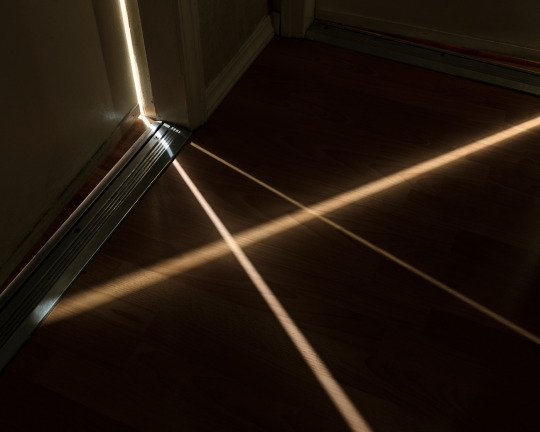
Yes, there’s definitely something special and intimate about flipping through a photobook! For your monograph, you recently released a second edition which is different from your first (redesigned, added images, etc.). Why did you decide to make it different? Was the editing mainly a solitary process?
The first edition was a partially hand-made object. Illustrations were printed on translucent vellum paper and then tipped into the gutter of the book. When you flip through the pages, those vellum sheets would overlap over certain images, creating a collage-like effect. That was my original concept for this book. Doing this, however, was so laborious and time consuming, and not to mention expensive! Regretfully, I wound up making only twenty copies of that first edition. I wanted the work shared with a wider audience so that’s why I decided to publish a second run.
The latest edition is more of a straight-forward production without the vellum paper. With this change in design, I had to reconfigure the layout. I took liberties in swapping out some images or adding new ones altogether. Also, a beautiful afterword was contributed by my friend, artist, writer, and curator Efrem Zelony-Mindell. I still feel so fortunate and grateful to have had my work seen and elevated by their words in my book.
For the most part, yes editing is quite a solitary process for me. But there does come a point when I feel it’s ready, where I share the work with a few trusted people. It’s always nice to have that outer support system. Much of Visions of Eden was created during my time in undergrad school so I had all sorts of feedback from peers and professors which I’m grateful for. But in the end, as the author, you ultimately have the final say in your work.
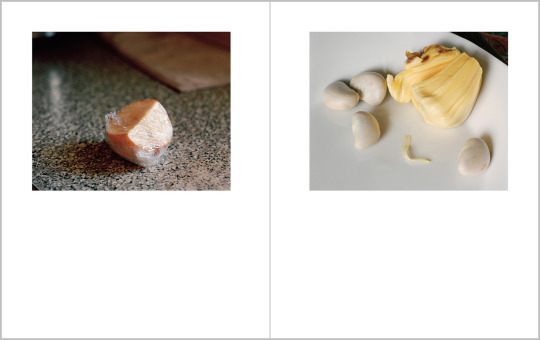
Given that Eden is a starting point and metaphor in the work, I was thinking about ideas of gardens, (forbidden) fruit, and movement of people.
How do you view yourself in relation to your place of birth? In your series, I see the most direct links in the letters, old photos where tropical foliage is present in the background, and the photo of the jackfruit (perhaps the only tropical fruit in this series).
I came to America when I was very young, about five years old. For my family and for many other families still living in the Philippines, America is seen as a sort of ideological Eden: a land of milk and honey, of wealth and excess. We all know that’s far from the truth. Every Eden has a caveat, a forbidden tree. Which leads me to ask: as an immigrant living in this country, what fruits were never intended for me?
I honestly don’t remember much about my childhood in the Philippines aside from fleeting memories of my relatives, the sounds of animals, the smell of rain and earth, the taste of my grandmother’s cooking. The identity that I carry with me now as a Filipino is not so much tied to the physical geography of a place but rather it is derived from a way of life, from shared stories, in the values we hold dear, passed on from generation to generation. This is a warm flame that lives on in me to this day as I write these words thousands of miles away from where I came.
Photographs have a way of shaping our memory and our relationship to the past, which in turn affects how we engage with the present. The family photographs and letters used in my book act as anchors in a meandering journey. They serve as landmarks that I can return to whenever I feel lost or need assurance so far away from “home”. They give me the comfort and affirmation that I need to navigate a space where I never really felt I belonged. The spread in my book that you mentioned—the jackfruit on one side, and the Saran-wrapped apple on the preceding page—was a reference to my duality as both Filipino and American. It’s a reminder and an acknowledgment that I am a sum of many things, of many people who have shaped me. If I flourish in life, it’s because my roots were nourished by love.
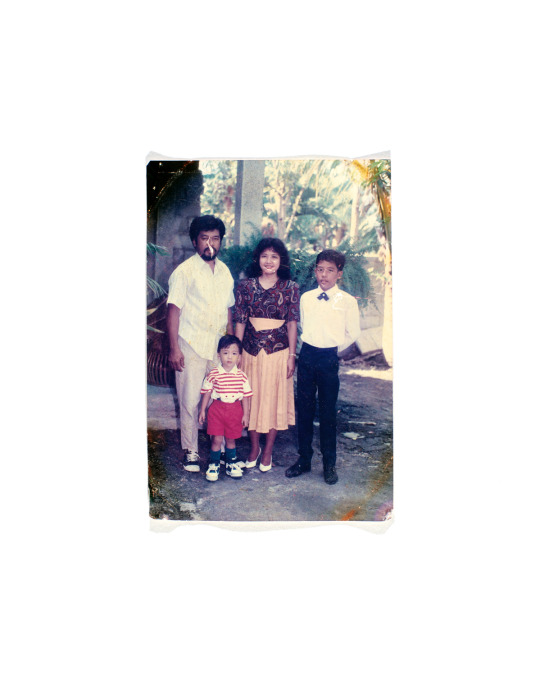
I like how you mentioned photos as anchors or landmarks. Isn’t that why we create and photograph? To mark certain points in our lives and to envision possible futures, like a cartographer mapping an inner journey. Do you feel like you and your relationships with those you photographed changed through the process of making your works?
When my parents took pictures of our family, it wasn’t done solely in the name of remembrance; it also served as an affirmation of ourselves and our journey—a celebration. Every birthday, vacation, school ceremony, or even the seemingly insignificant events of daily life were all photographed or video-taped as a way of saying to ourselves, “Here we are. Look how far we’ve come. Look at the life we’ve made. And here’s the proof”.
Now, holding a camera and photographing my family through my own lens still carries all of that celebratory joy, but with so much more possibility. Before I really took photography seriously, I never realized its potential as a medium for introspection, but that’s ultimately what it has become for me. In taking pictures of my family, I not only clarify my own feelings about them, but the act of photography itself informs and builds on my relationship with each person. The camera is not a mere recording device, but a tool for understanding, processing, and even expressing love...or resentment. Though I may not be visible in my pictures, my presence is there: in my proximity, my gaze, my focus.
Does all of this impact my relationships? Absolutely. Photographing another person willingly always demands some degree of trust and vulnerability from both sides. There’s a silent dialogue that occurs which feels like an exchange of secrets. I think that’s why I often don’t feel comfortable photographing other people unless we’re very close. Usually my family is open enough to reveal themselves to me, other times what they give can feel quite guarded. That’s a constant negotiation. After the photograph is made though, nobody ever emerges the same person because each of us has relinquished something, no matter how small.
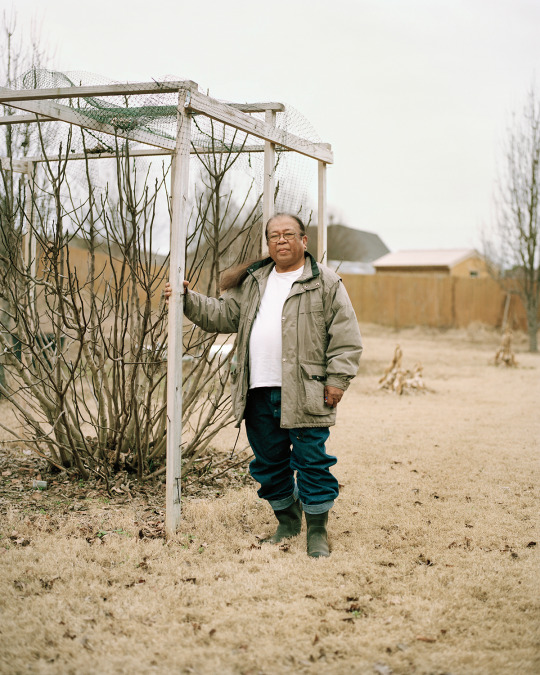
Being self-reflexive in photography is so important. I agree it should be a constant negotiation, but it’s something that bothers me these days – the power dynamic between the photographer and photograph, particularly for personal and documentary projects. More significantly, after the photograph has been made, who is really benefiting. But I guess if we are sensitive to that then perhaps we can navigate that tricky path and find a balance.
Right, finding that balance is key and sometimes there are no clear-cut answers. That power dynamic is something I always have to be mindful of. As the photographer, you are exercising a certain role and position. At the end of the day, you’re the one essentially “taking” what you need and walking away. There’s an inherent violence or aggression in the act of taking someone’s picture, no matter how well-intended it may be. This aggression carries even greater weight when working, as you say, in a genre like documentary where representation is everything.
I remember an undergrad professor of mine, Nadia Sablin, introducing me to the work of Shelby Lee Adams—particularly his Appalachian Legacy series. Adams spent twenty-five years documenting the disadvantaged Appalachian communities in his home state of Kentucky, visiting the same families over a long period of time. Though the photographs are beautifully crafted, they pose many questions in regard to exploitation, representation, and the aestheticization of suffering. He is or was, after all, an artist thriving and profiting off of these photographs. Salgado is another that comes to mind. This was the first time I really stopped to think about the ethics of image-making. Who is benefitting from it all?
I think the search for this balance is something each photographer has to reckon with personally. Though each situation may vary with different factors that have to be weighed, and context that must be applied, you can always ask yourself these same ever-pertinent questions: am I representing people in a dignified way, and what are my intentions with these images? Communication (listening), building relationships, acknowledging your power, and respecting the people you photograph are all foundational things to consider when exercising your privilege with the camera.
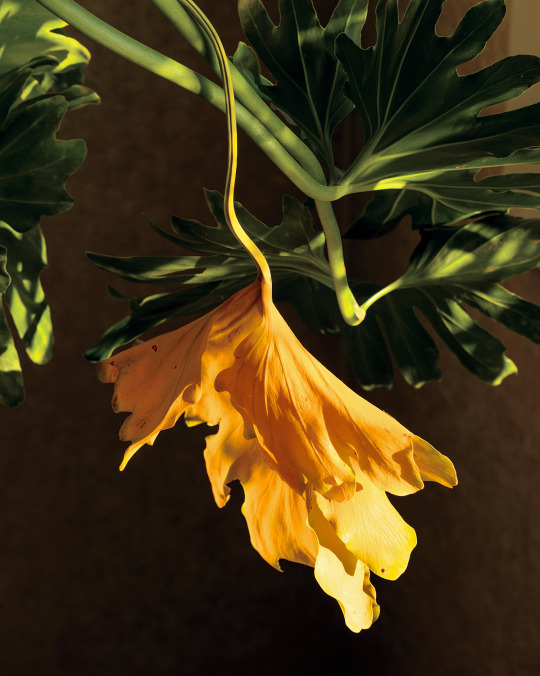
Well said! The process of making photographs can be tricky to navigate yet rewarding. Any upcoming projects or ideas? What’s keeping you busy these days?
Oh, let’s just say I’m constantly juggling 3-4 ideas in my head at any given time, but ninety percent of the time they don’t ever lead to anything finished haha. This past year has been tough on everyone I’m sure. I’ve been dealing a lot with personal loss and grief and the compounded isolation brought on by the pandemic, so for months I’ve been making photographs organically as a subconscious response to these internal struggles. It’s more of an exploration of grief itself as a natural phenomenon and force—like time or gravity. Grief is something everyone will experience in life and each of us deals with it differently, but in the end we have to let it run its course. I see these photographs as a potential body of work that could materialize as a zine or book one day, so we’ll see where that goes.
Other than that, I’ve been working on an upcoming collaboration project with Cumulus Photo. Speaking of which, I saw your photograph featured in their latest zine, running to the edge of the world. Congrats on that! It’s beautiful. But yeah, just trying my best to keep busy and sane, and improving myself any way I can.
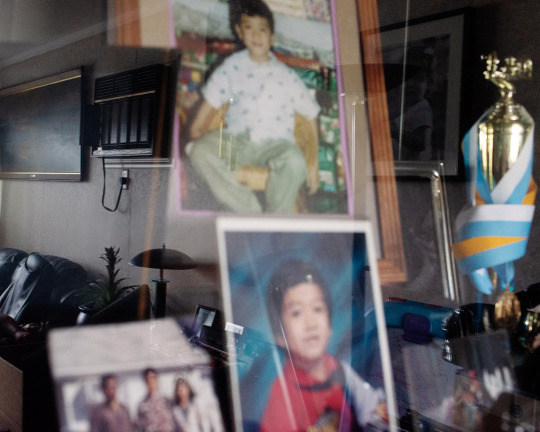
Thanks! Looking forward to your upcoming projects! Last question: any music to recommend?
I feel like my answer to this question can vary by the week. I go through phases where I exhaust whole albums on repeat until I get tired of them. So I’ll leave you with the two currently on my rotation: Angles by The Strokes, and Screamadelica by Primal Scream.
Thank you for your time!
Thank you for a lovely discourse. I had a lot of fun!
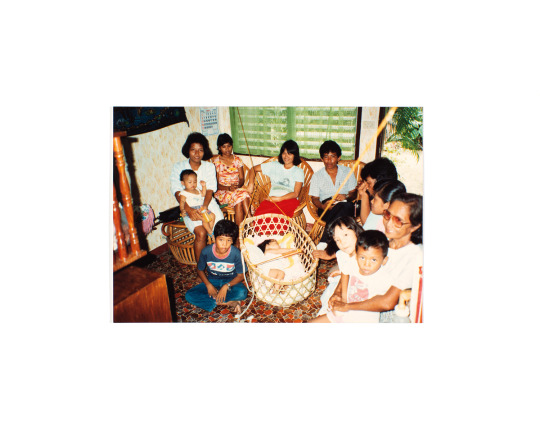
his website and Instagram.
Get more updates on our Facebook page and Instagram.
#Ryan Frigillana#nope fun#new york#photographer interview#artist interview#Contemporary Photography#Visions of Eden#PhotoBook
330 notes
·
View notes
Photo

Ryan Frigillana
#Ryan Frigillana#photographers#mantis#praying mantis#mantids#insects#bugs#praying mantises#praying mantids#praying mantes
21 notes
·
View notes
Photo


https://paper-journal.com/ryan-frigillana-the-weight-of-slumber/
0 notes


